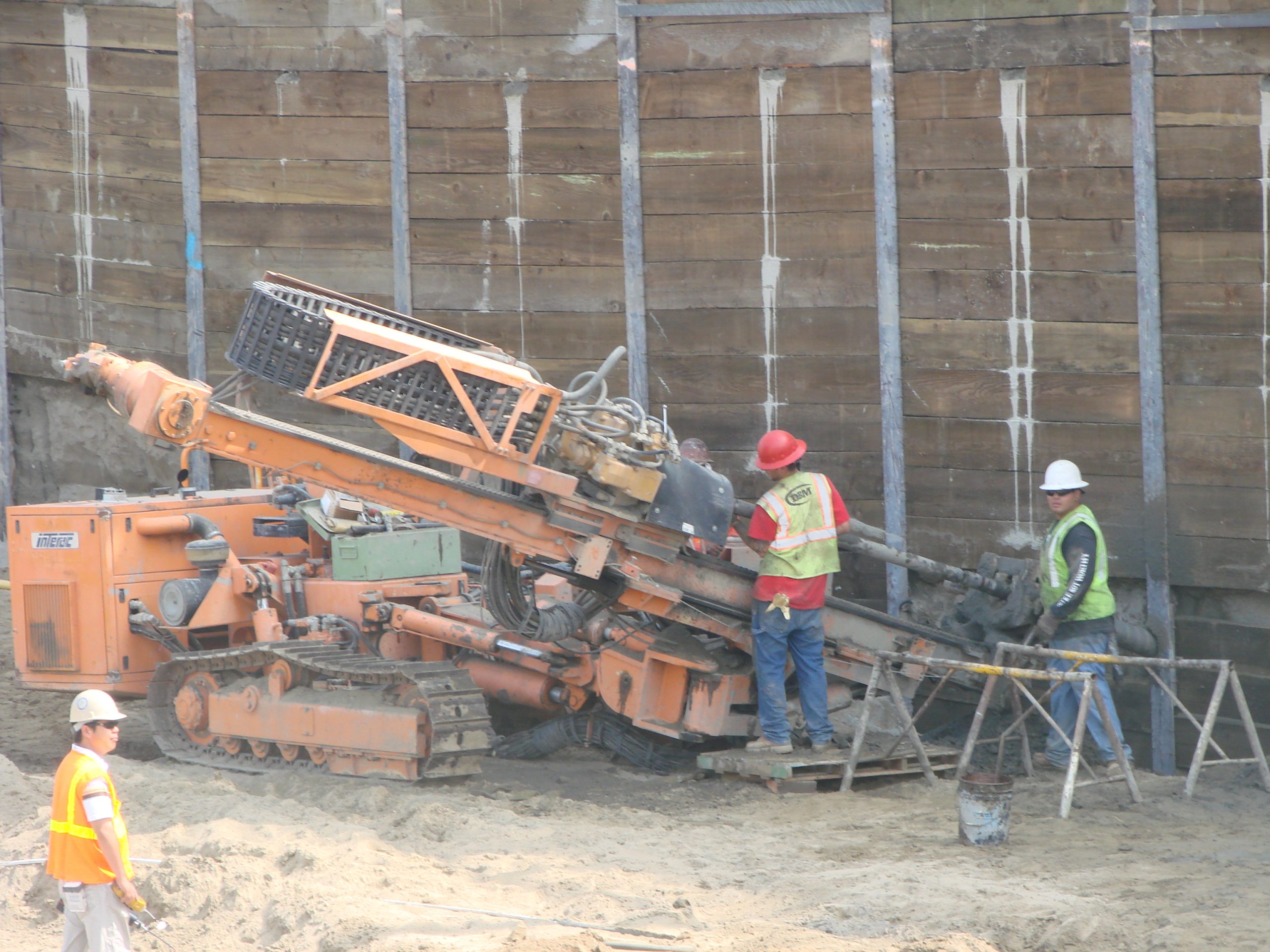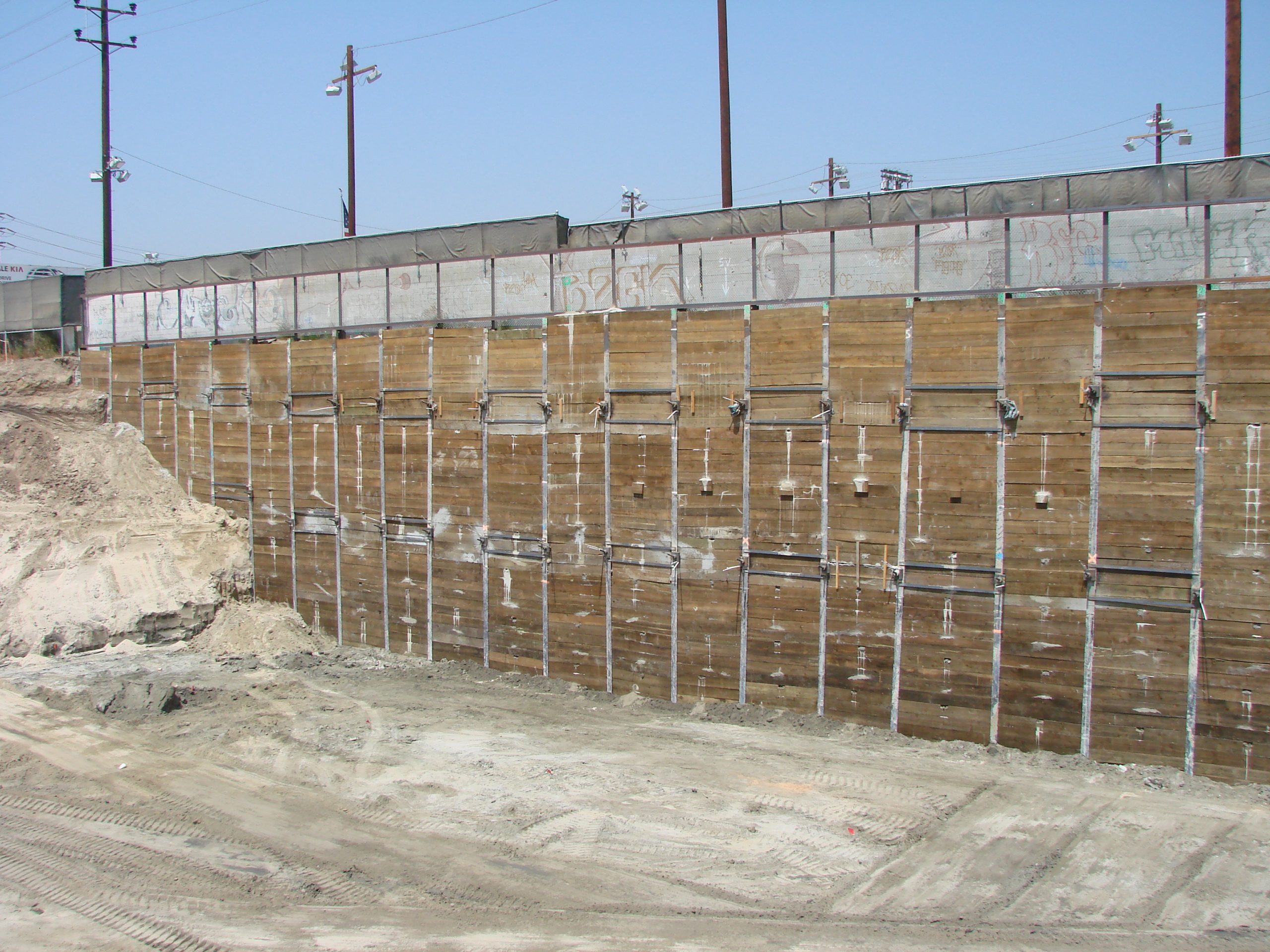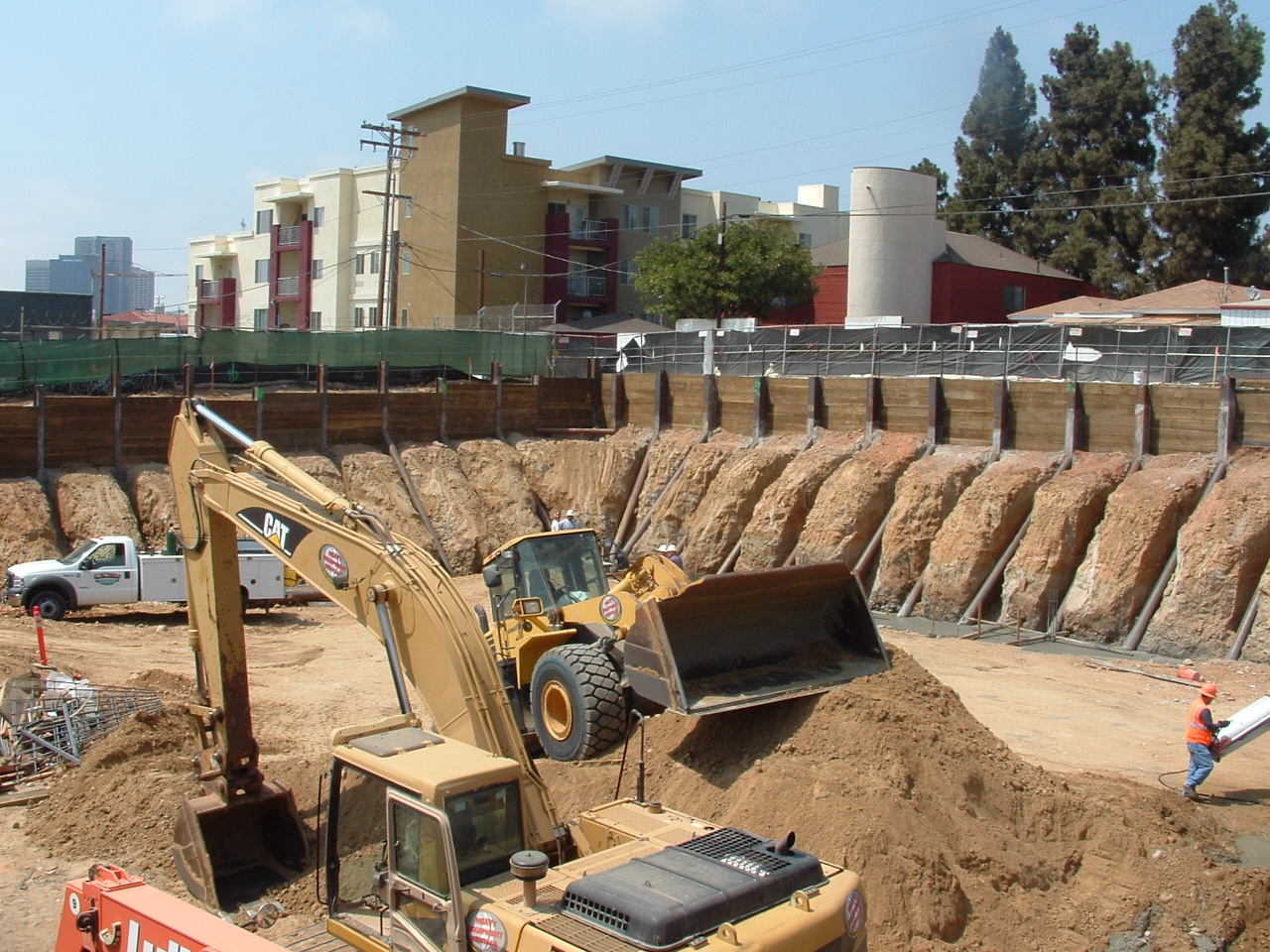


Pile driving is a vital construction process used to build strong, deep foundations for heavy structures such as buildings, bridges, retaining walls, and marine facilities. It works by driving long, column-like piles into the ground to transfer structural loads to deeper, more stable soil or rock layers.
This method is especially important when surface soils are weak or unstable. With the use of specialized equipment including diesel hammers, hydraulic hammers, vertical travel lead systems, and vibratory pile drivers, pile driving provides the strength and durability required for long-lasting foundations. It is widely applied in civil engineering, commercial construction, industrial projects, and infrastructure development, making it one of the most trusted foundation techniques in the industry.
Diesel Hammer
A diesel hammer is a powerful and reliable pile driving tool that operates as a large two-stroke diesel engine. The hammer’s piston acts as the weight, while the cylinder connects directly to the top of the pile.
Operation begins when the piston is lifted by auxiliary means, typically a crane cable, which draws air into the cylinder. Diesel fuel is injected, and when the weight is released, the piston compresses the air and fuel mixture. The heat of compression ignites the fuel, delivering a strong impact to the pile head while simultaneously propelling the piston back upward to repeat the cycle. This process continues until fuel is stopped or runs out.
Diesel hammers are widely used for driving steel piles, timber piles, and concrete piles because of their efficiency, durability, and proven track record on construction and foundation projects.
Vertical Travel Lead Systems (VTL)
The Vertical Travel Lead (VTL) system, first patented by C.W. Bermingham in the 1970s, solved limitations of earlier fixed and swinging lead systems.
Fixed leads are fast and efficient on level job sites but are less adaptable. Swinging leads are versatile for different elevations and batter piles but take longer to position.
The VTL system combines the advantages of both, allowing fast and accurate lead positioning while also adjusting the height of the lead base above or below grade. The sliding connection to the crane boom makes this flexibility possible.
VTL systems have become the industry standard in Canada, U.S. railway construction, and throughout North America. There are two main types:
- Box Leads are more common in the Southern United States.
- Spud Leads are frequently used in the Northern United States, Canada, and Europe.
This versatility makes VTL systems an essential tool for modern pile driving operations.
Hydraulic Hammers
A hydraulic hammer is a modern alternative to traditional diesel and air hammers. Powered by hydraulic systems, these hammers are commonly used to drive steel pipe piles, precast concrete piles, and timber piles.
Hydraulic hammers are considered more environmentally friendly because they produce fewer emissions and lower noise levels. While impact noise from pile strikes may still be significant, overall hydraulic hammers are quieter and more efficient. They are an excellent choice for projects where minimizing environmental impact is a priority.
Vibratory Pile Drivers
Vibratory pile drivers use counter-rotating eccentric weights, powered by hydraulic motors, to create vertical vibrations that drive piles into the ground. Horizontal vibrations cancel out, focusing energy directly into the pile.
The machine is positioned using a crane or excavator, then secured to the pile with clamps or bolts. Vibratory drivers can both install and extract piles, making them especially useful for temporary foundations or shoring systems.
Common applications include:
- Driving piles in urban areas where noise reduction is critical
- Projects with limited vertical clearance such as bridge retrofits or confined job sites
- Recovering reusable steel “H” piles
Vibratory hammers operate at vibration rates between 1,200 and 2,400 vibrations per minute (VPM). The selected frequency depends on soil conditions, power requirements, and equipment cost.
Choosing the Right Pile Driving Equipment
Each type of pile driving system including diesel hammers, hydraulic hammers, VTL systems, and vibratory pile drivers offers unique advantages depending on site conditions, environmental restrictions, and project requirements. Partnering with an experienced piling contractor ensures the right equipment is selected for efficiency, safety, and long-term performance.
Quotes

Fast, Competitive,
Tailored to You.
